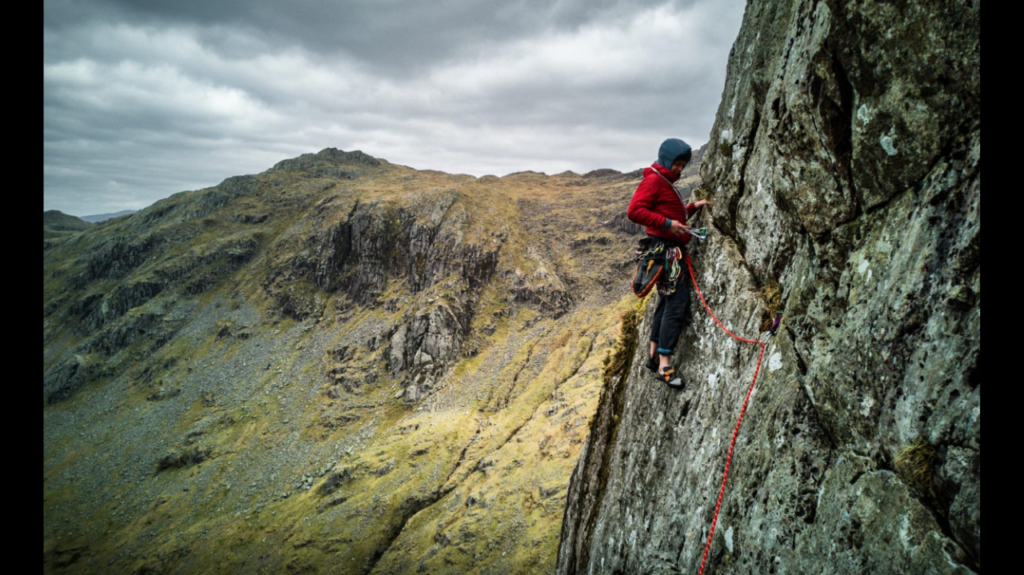So, you watched the Olympics yeah?
Got yourself all psyched ready to go ‘send’ something. You are just not sure what, or where you have to send ‘it’ to in order to get started. When you ask the postman if he could point you in the right direction, he just looks at you like you have lost the plot. Before you realise, the ‘psyche’ is waning, you are fast regressing from contender to couch potato …. again. Well, read on for all you need to know to get started.
In all seriousness, climbing can seem like a daunting thing to start. I mean, it’s dangerous right?
Climbing can be, yes. Then again so can driving to the gym or crag to climb but no one really thinks about that each time they get in their car. The element of danger is one of the things that attracts a lot of people to climbing. It’s the adventure of it. It needn’t be any more dangerous than a lot of sports though. I have noticed a lot of people on Facebook asking for tips on places to go, how to start, an easy crag for beginners etc. The Olympic effect may be beginning. So, without further ado here are some tips to help you get out, or in, climbing!
To start with it may be an idea to familiarise yourself with some of the different styles of climbing. To do that you can read a previous post here …https://actionandadventuresportsuk.com/what-the-hell-is-free-soling-and-why-the-f-is-that-dude-climbing-without-ropes/
Right let’s crack on.
- Join a club
Yes, even if you live in the flatlands of Essex like I do you will probably have a club nearby. If you are in Essex, you can get in contact with the Chelmsford mountaineering club http://www.the-CMC.co.uk. It’s a great club and their members get out often and climb indoors regularly.
Joining a club like this is 100% the best way to get into climbing. They will run social nights at a local wall where you can start to learn the ropes (pun intended even if it is a weak one) and they will invariably have lots of experienced members that can help you transition from plastic to rock safely!
Check out this nifty link from the BMC (British mountaineering council)
https://www.thebmc.co.uk/climbing-wall-finder, it not only shows you clubs but also crags and indoor walls etc.
- Join the BMC
You could and should join the BMC, just bear in mind that if you join a local club, you probably get BMC membership included.
Joining the BMC supports the organisation that supports and works hard for climbers, hill walkers, mountaineers etc. They do a lot of unseen work behind the scenes and thanks to them we have a lot of access to climbing that we probably wouldn’t have it were just left as a free for all!
The BMC regularly put on workshops to learn the skills required to start climbing. Check them out here. https://www.thebmc.co.uk/training-courses-with-the-bmc
- Go to your local wall
Check out your local wall, it’s not only for hardcore climbers training for their next attempt of the ‘death wall.’ Most, if not all, run social nights for total newbs like you to rock up and get a session for cheap with a small group of other likeminded people. It’s a lot cheaper than private lessons and hopefully you will find someone you can start your climbing journey with. Everyone needs a belayer…well, almost everyone, bore off Honnold we’ve all seen your film. You can find indoor walls on the good old tinterweb or by clicking that nifty BMC link again.
- Find an instructor
If you don’t have a local wall but you live near a crag or some real rock, you are a bastard I mean bonny lucky fellow. You can find guides/instructors on the Mountain Training website using this link https://www.mountain-training.org/find-a-leader. You will find me on there under RCI, Rock climbing instructor. I am qualified to take people out on single pitches climbing and abseiling, so you can always ping me a message if you want to book a day climbing.
There are a wide variety of qualifications, they are explained here https://www.thebmc.co.uk/qualifications-explained_0
For climbing outside you will need an RCI, a Mountain Leader (ML), or at the top of the UK tree an MCI, Mountaineering and Climbing Instructor. I recommend my mountain Ninja friend Dave Heaton if MCI’s float your boat.
You can also check out the British mountain guides https://www.bmg.org.uk/ . All their guides automatically hold European qualifications as well.
I would urge caution here as you have no real way of telling how knowledgeable or safe someone is. However, there are lots of groups on Facebook that aim to hook up climbing partners around the country. Think Tinder for belayers. We all know photos and descriptions are not what they sometimes seem. There is obviously no sure-fire way to make sure you are tagging along with someone safe. I would suggest using a lot of common sense and caution and maybe trying to go when there seems to be a few people going. It is possible to check out people’s experience online with websites like the UKC forum, again these may not be accurate though.
One other word of caution. If you do go on these Facebook groups, whatever you do don’t call the Peak District The ‘Peaks’ rather than the ‘Peak’ or the Brecon Beacons the ‘Brecon’s’ or is it the ‘Beacon’s?’ Damn I can never remember. They and will hunt you down and lynch you if you do!
Some of them seem to do more lynching than climbing!
Failing that you can always hang around Hathersage with a ‘belay for food’ sign like the late great Fred Beckey. It worked for him.








